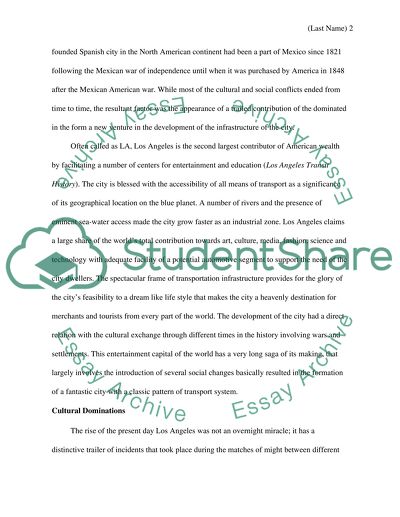Cite this document
(“Los Angeles: New Face from Cultural Transformations Essay”, n.d.)
Retrieved de https://studentshare.org/geography/1391269-los-angeles-new-face-from-cultural-transformations
Retrieved de https://studentshare.org/geography/1391269-los-angeles-new-face-from-cultural-transformations
(Los Angeles: New Face from Cultural Transformations Essay)
https://studentshare.org/geography/1391269-los-angeles-new-face-from-cultural-transformations.
https://studentshare.org/geography/1391269-los-angeles-new-face-from-cultural-transformations.
“Los Angeles: New Face from Cultural Transformations Essay”, n.d. https://studentshare.org/geography/1391269-los-angeles-new-face-from-cultural-transformations.


